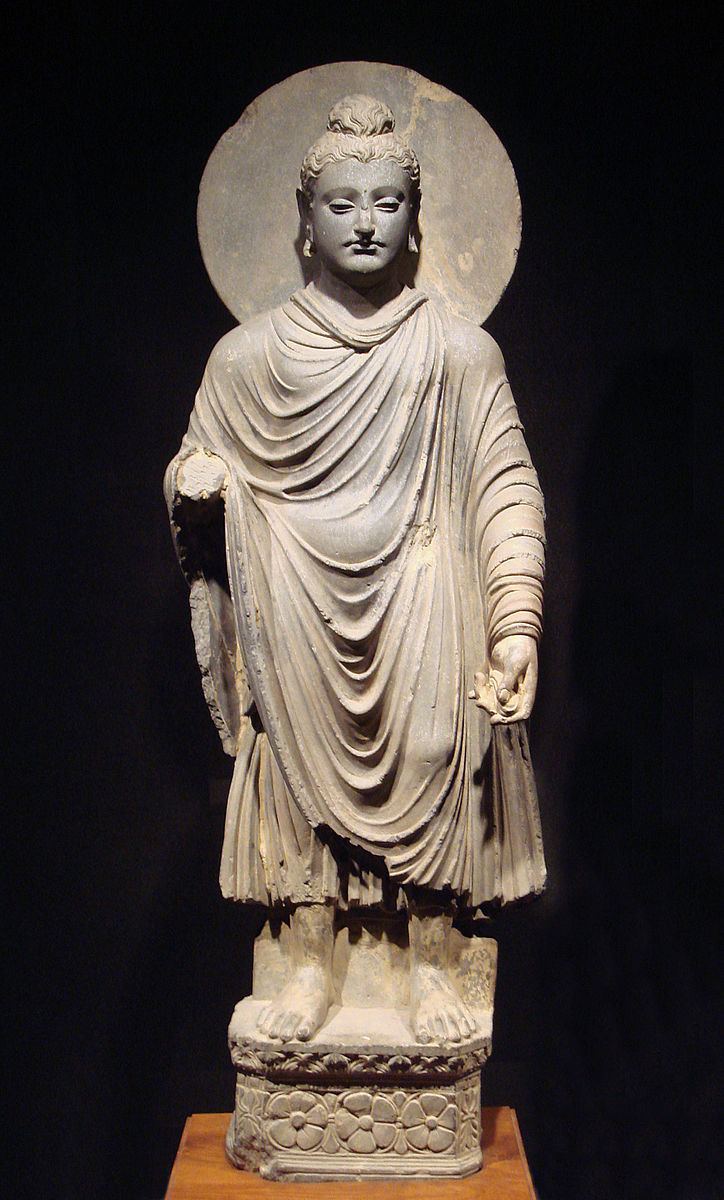Name Alfred Auguste | Died 1952, Sceaux, France | |
 | ||
Books The Beginnings of Buddhist Art: And Other Essays in Indian and Central-Asian Archaeology | ||
Alfred Charles Auguste Foucher (1865–1952), a French scholar, identified the Buddha image as having Greek origins. He has been called the "father of Gandhara studies", and is a much cited scholar on ancient Buddhism in northwest Indian subcontinent and the Hindu Kush region.

He made his first trip to northeastern India in 1895. In 1922 he was asked by the governments of France and Afghanistan to organize an archeological co-operative which became the Délégation archéologique française en Afghanistan.
Foucher's most famous work was L'Art Gréco-Bouddhique du Gandhara in which he described how Buddhist art prior to Pan-Hellenism was principally aniconic, representing the Buddha by depicting elements of the Buddha's life instead of depicting the Buddha himself. Foucher argued that the first sculpted images of the Buddha were heavily influenced by Greek artists. He coined the term "Greco-Buddhist art".
Foucher especially considered Hellenistic free-standing Buddhas as "the most beautiful, and probably the most ancient of the Buddhas", assigning them to the 1st century BCE, and making them the starting point of the anthropomorphic representations of the Buddha ("The Buddhist art of Gandhara", Marshall, p101).
Following the mid-20th century discovery of Roman trading posts in Southern India, Foucher's argument was revised in favour of Roman influence, as opposed to Greek.
New archeological discoveries in Central Asia however (such as the Hellenistic city of Ai-Khanoum and the excavation of Sirkap in modern Pakistan), have been pointing to rich Greco-Bactrian and Indo-Greek civilizations in these areas, reviving the Hellenistic thesis.
Nonetheless, his central thesis that the Buddha was of Classical origin has become established.
For a compelling counter-argument to Foucher's essay, see Ananda K. Coomaraswamy, "The Origin of the Buddha Image".
